Following the removal of sanctions against Tehran, the trades between Iran and other countries have been thrived and this new economic development presents enormous opportunities for the Islamic Republic and its trade allies.
From mid-January 2016 onwards, the huge frozen assets of Iran in other countries are flowing back inside the country; undoubtedly fuel the trading activities for mega infrastructure development spilling across all sectors of industries including like oil and gas, railways, minerals, etc.
In a meantime, in the current systems, intentional organizations are creating stability and paving the way for fostering relations among governments.
In this regard, Association of Southeast Asian Nations (ASEAN) plays a pivotal role as one of the foremost regional organizations in terms of political, economic and security trends and can offer economic and welfare goals in the region through achieving its basic goals.
Following the nuclear deal clinched between Iran and the 5+1, all members of the Association of Southeast Asian Nations (ASEAN) have thrown their weight behind Tehran over the Islamic Republic’s nuclear energy program.
The foreign ministers of the ASEAN countries, along with Australia, India, Japan, New Zealand and South Korea, in a joint statement hailed the move as an “important resolution” the finalization of the Joint Comprehensive Plan of Action (JCPOA) by Iran and the P5+1 – Britain, China, France, Russia and the United States plus Germany – in the Austrian capital, Vienna, on July 14.
Since its inception in 1967, ASEAN which is considered as the most significant multilateral group in Asia for the past forty-five years, has largely achieved its initial purpose of preventing Southeast Asia from further outbreaks of war following the Indochina Wars.
The bloc that includes Brunei, Cambodia, Indonesia, Laos, Malaysia, Myanmar, Singapore, Thailand, the Philippines and Vietnam has also accomplished several notable achievements in the economic and nonproliferation realms.
Iran's Foreign Policy
In spite of ASEAN relationship with other non-member countries and its ties with Iran, the role of the organization in Iran’s foreign policy is foreseeable for the economic and welfare needs and political influence in the region.
Thanks to its geopolitical position, Iran is considered as a major regional country that enjoys amicable relations with Asian countries.
In a meantime, Iran always has announced its determination to open a new chapter in cooperation with ASEAN and considers expansion of ties with this economic bloc as a priority for its foreign policy.
In an indication of fostering relations between Iran and this powerful economic bloc, Foreign Minister Mohammad Javad Zarif is slated to visit Laos on Sept 6 to sign a document on Iran’s accession to the Treaty of Amity & Cooperation (TAC) in ASEAN which is considered as a peace treaty among Southeast Asian countries established by the founding members of this geo-political and economic organization.
The Islamic Republic of Iran has been agreed to join to ASEAN’s TAC which highlights a step further to tackle Iranophobia.
TAC was signed by founding countries Indonesia, Malaysia, Thailand, the Philippines, and Singapore in 1976.
Other ASEAN members joined the TAC later to promote the treaty to an agenda for ASEAN member states to regulate their conduct through a general emphasis on peaceful settlement of differences and the principle of noninterference. The purpose of this Treaty is to promote perpetual peace, everlasting amity and cooperation among their peoples which would contribute to their strength, solidarity and closer relationship.
The signatories of the treaty extend cooperation in different fields further especially in economics and peace and stability, while respecting independence, territorial integrity and national sovereignty, equality, and national identity of member states. The Article 18 of the treaty provides the possibilities to other countries (than members) to join the treaty; two amendments to Article 18 in 1987 and 1998 were steps to centralize ASEAN in regional and international developments, and made accession by other countries provided that member states agree the accession.
In addition to 10 member states of ASEAN, 22 countries and the EU has joined the treaty. In Laos meeting in June 2016, 4 other countries joined to make the members 36 countries.
Iran’s Request for Acceding to TAC
In July, Iran’s request to accede to TAC was approved by the ASEAN in the 49th Foreign Ministers’ Meeting in Vientiane, Laos.
In their joint communique, the ASEAN foreign ministers hailed the ‘growing interest of other non-ASEAN Member States to accede to the TAC’, adding the interest ‘reflects their political will and commitment to cooperate with ASEAN in the furtherance of peace and security in the region.’
In all, the economic relations between Iran and the ASEAN countries could be considered as a step toward making a regional economic system, hence, the Islamic Republic’s relations with the members of this largest union in Asia are considerable.
Thanks to the cultural and religious commonalities with Iran, the ASEAN members enjoy good opportunities for mutual interaction with the Islamic Republic.


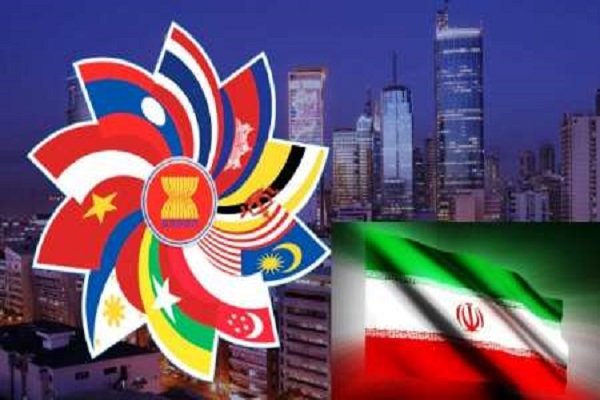




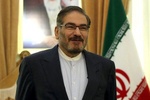
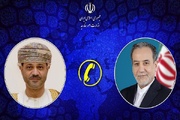
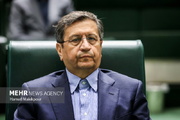
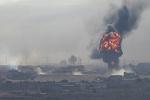
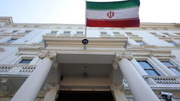
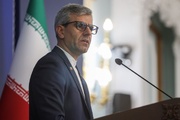









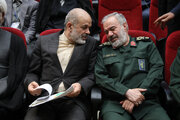
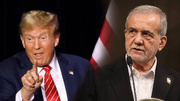


Your Comment